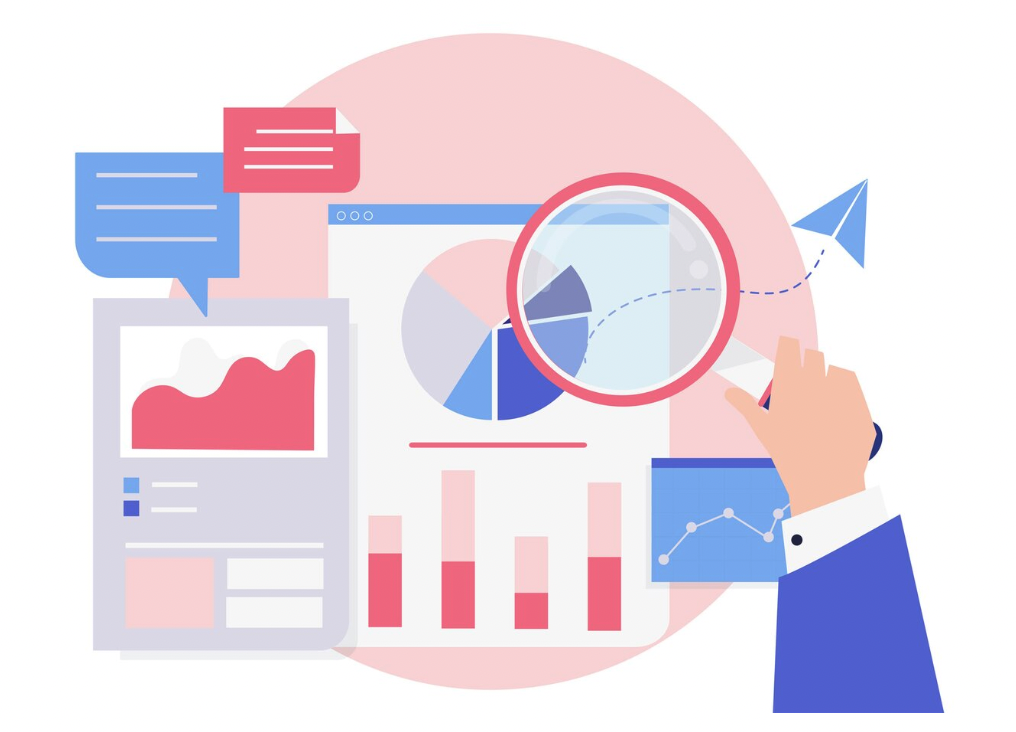Report Automation: How Automated Reports Revolutionize Marketing Analytics

Report Automation: How Automated Reports Revolutionize Marketing Analytics in 2025
Marketers once spent entire Fridays gathering screenshots from Google Ads, exporting CSV files from Meta, and stitching everything together in a single slide deck before the weekly business review. Those hours of manual work felt unavoidable—until the rise of report automation. In 2025, automated reports have moved from nice‑to‑have conveniences to absolute necessities. A campaign that changes direction every hour cannot wait for a human analyst to catch up the next morning. By letting software collect, normalize, and interpret data on its own schedule, teams finally keep pace with audiences, algorithms, and competitors.
Morning Report embodies this shift, delivering narrative insights that land in your inbox before your first sip of coffee on Monday. Throughout this guide you will see how report automation eliminates busywork, elevates strategic thinking, and protects budgets, all without demanding new headcount or dashboards.
The High Cost Of Manual Reporting
Every marketing department remembers the moment it realized spreadsheets were unsustainable. Growth brings more channels, and each new channel spawns its own set of metrics, time zones, conversion windows, and naming quirks. A single promotion quickly turns into a labyrinth of platform tabs. Google Ads shows cost per conversion, Meta displays cost per purchase, GA4 presents event revenue, while the finance system logs net sales after discounts. Reconciling those numbers by hand is not just tedious; it is risky.
Copying a single row in the wrong direction or forgetting to update a date filter can throw off forecasts by tens of thousands of dollars. Worse, traditional decks freeze data at the moment they are built. Executives reviewing Monday’s slide on Wednesday unknowingly discuss figures that have already shifted. Over time these lags erode trust. When leadership notices repeated disparities between meeting slides and live dashboards, they doubt the entire process. Report automation solves this credibility crisis by ensuring that every figure flows directly from the source with timestamps that match across systems, removing human error from the equation and preserving confidence in daily decisions.
What True Report Automation Looks Like
Many platforms claim to offer automated reports, yet true report automation operates on a continuous loop rather than a nightly batch. The process begins with secure API connections that pull raw data from ad networks, analytics suites, and sales platforms. A transformation engine then aligns naming conventions so that utm_source always reflects the channel and utm_medium always clarifies the buying method. Time zone differences vanish because the system normalizes every event to a single global standard.
After harmonizing the data, intelligent algorithms compare the latest figures against historical baselines, flagging any deviation large enough to impact revenue. Instead of dumping raw tables into yet another visualization layer, the report automation engine writes a plain‑language summary that explains what happened and, crucially, why it matters right now. Morning Report takes this a step further by ranking insights according to potential financial impact, ensuring that a sudden fifty‑percent jump in cost per acquisition never gets buried beneath a minor fluctuation in click‑through rate. By the time the email or Slack message arrives, marketers know exactly where to look and what action will produce the greatest return.
Benefits Of Automated Reports For Modern Marketing Teams
The most obvious benefit of automated reports is time saved, yet the downstream effects ripple far deeper. When analysts no longer spend hours downloading CSV files, they gain space for creative work such as designing new experiments, brainstorming fresh offers, or rewriting ad copy that resonates with emerging segments. Strategy meetings grow shorter and sharper because every participant enters the room armed with the same up‑to‑the‑minute facts. Budget conversations shift from guesswork to precision, allowing teams to reallocate spend within minutes rather than weeks.
Automated reports also democratize insight. A digital marketing manager, a finance controller, and a product owner can all absorb the same narrative without knowing the difference between a data‑driven attribution model and a last‑click rule. This shared understanding accelerates cross‑functional alignment, turning company‑wide objectives into concrete daily tasks. Over the long haul, report automation protects morale as well. Burnout declines when people trade spreadsheet drudgery for higher‑value projects that showcase their expertise and creativity. Morning Report users frequently report not just higher ROAS but also renewed enthusiasm because the work now revolves around insight and action rather than data hygiene.
Building A Data Foundation For Reliable Report Automation
Even the most advanced automated reports depend on clean inputs. Before flipping the switch on any report automation system, confirm that every link leaving your ad platforms carries consistent UTM parameters. A campaign labeled “Summer_Sale_US_Women” in Meta should appear exactly the same in GA4; otherwise, attribution flows fracture. Time zones must match across every platform so that a purchase recorded at 2 PM in Shopify aligns with a click registered at 2 PM in Google Ads. Conversions deserve equal rigor: if Meta counts a view‑through conversion up to seven days, GA4 should apply a comparable rule, or you must document the difference so stakeholders understand variances.
Morning Report: Automated Reports Without the Hassle
Morning Report was built by marketers tired of “automated” tools that still demanded hours of manual cleanup. Its plug-and-play connectors span Google Ads, Meta, GA4, LinkedIn, TikTok, and an ever-growing roster of sales and CRM platforms. After a one-click OAuth handshake, the system backfills twelve months of historical performance to set accurate baselines. From there, it fetches fresh data on a schedule you choose—typically just before the new work-week—so the analysis always reflects the latest numbers without drowning you in daily noise.
Machine-learning models do more than flag anomalies; they translate every swing into business impact. A spike in TikTok impressions that produces no conversions triggers a measured caution, while a small lift in email open rate that drives disproportionate revenue headlines the weekly brief. Insights arrive as crisp, plain-language paragraphs you can forward straight to leadership. Because you can thumbs-up, add context, or hide metrics that no longer matter, Morning Report quickly learns your exact KPIs. Users often say the platform pays for itself in the first month by exposing wasted spend or surfacing growth pockets that no static dashboard ever caught.
The Future Of Report Automation
The next chapter of report automation will blur the line between analysis and action. Predictive simulations will allow marketers to ask a natural‑language question—such as how reallocating fifteen percent of Meta budget to Google Display might affect pipeline—and receive a modeled outcome within seconds. Creative optimization will integrate directly with writing assistants, generating new ad copy or design variations based on the best‑performing attributes flagged in automated reports. Voice assistants will read the morning insight brief aloud during a commute, enabling decision‑makers to adjust strategy before arriving at the office. Most transformative, however, will be autonomous budget management.
Systems like Morning Report already calculate optimal pacing; soon they will execute bid adjustments automatically within predefined safety thresholds, allowing human teams to supervise rather than micromanage. Far from replacing marketers, these advancements will elevate their role by freeing them to focus on customer psychology, market positioning, and bold creative ideas—areas where machines still require human intuition.
Conclusion: Experience Report Automation With Morning Report
Automated reports have matured from convenience to competitive necessity, and full‑fledged report automation now stands at the heart of every high‑performing marketing team. When software handles the repetitive tasks of data collection, cleansing, and initial interpretation, marketers gain the clarity and speed required to outmaneuver rivals in a crowded digital landscape. Morning Report delivers that clarity by weaving multi‑channel data into plain‑language narratives that surface the most urgent insights the moment they matter. Hundreds of brands already rely on Morning Report for its reliable automated reports, its adaptive learning engine, and its stress‑free onboarding. Ready to replace late‑night spreadsheet sessions with proactive, AI‑generated guidance? Sign up for a 7 day free trial of Morning Report today and let report automation power your next wave of growth.





